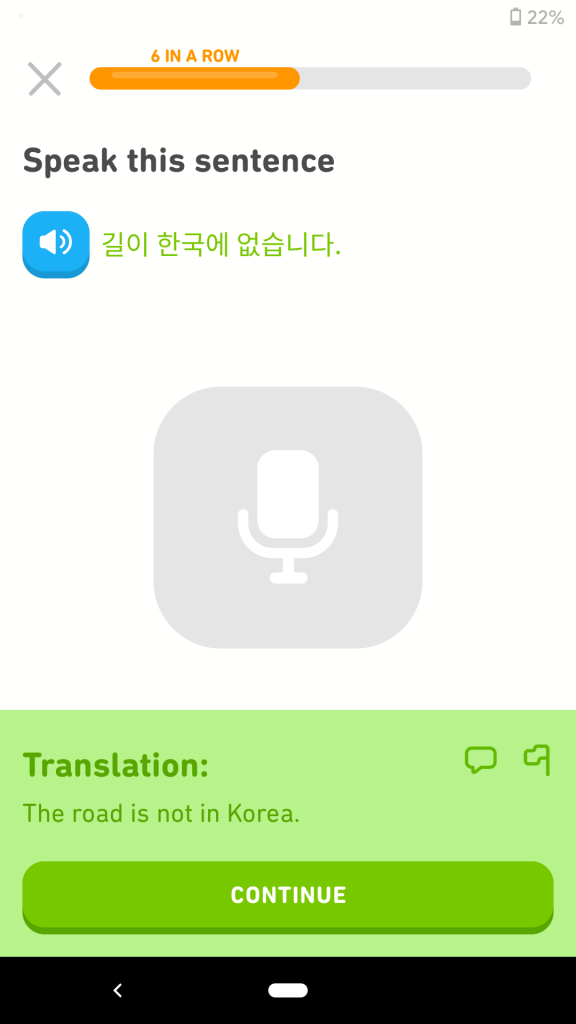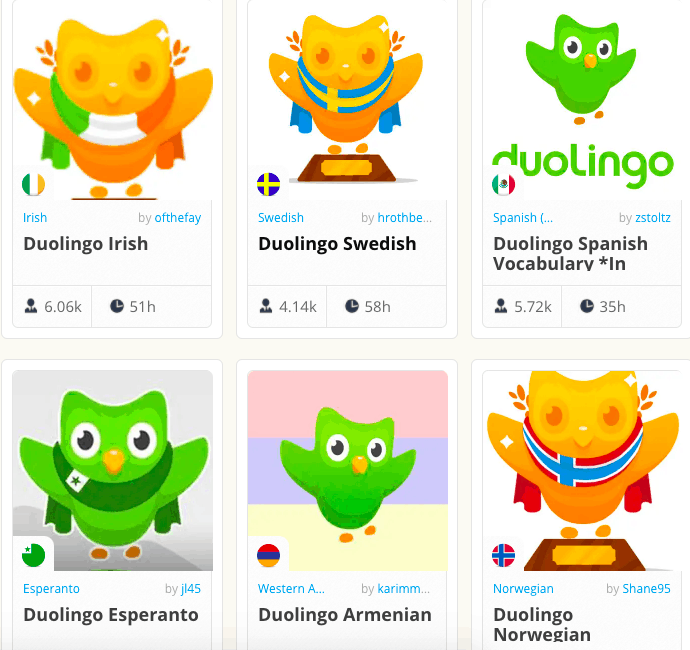

Hold a small sheet of paper in front of your mouth. ㅅ in most situations sounds like an s, but before ㅣ or "iotized" vowels it sounds more like "sh".Īspirants are consonants followed by a puff of air. When it is a final consonant introduced below, it is pronounced like an l. ㄹ is like Spanish r, where the tip of the tongue strikes the palate very briefly. With these sounds, there should be no air coming from your mouth. ㄱ, ㅂ, and ㄷ represent both voiced and unvoiced sounds (g/k, b/p, and d/t), depending on the surrounding sounds. Hover over the words and you will see their translations. NOTE: You will sometimes be asked to translate a word or two here. The second set of diphthongs is formed by adding an ㅗ or an ㅜ.ĭue to sound changes, 왜, 외, and 웨 sound the same in most modern Korean dialects. 의 is usually pronounced something like "we" on its own.

The first is to add an ㅣ to the base vowel.ĭue to recent sound changes, 애(얘) and 에(예) are pronounced the same in most Korean dialects. Korean has two way of forming diphthongs. ‘으’ is also difficult, being rare in English, although it is a short ‘u’ something close to the uh in uh-oh.īy adding an additional dash we get a y-sound. ‘어’ is a short ‘o’ sound, difficult for many American English speakers, similar to the ‘u’ ‘cup’ or to the o in yogurt for British speakers.

Note that ‘ㅏ,’ ‘ㅓ,’ and ‘ㅣ’ are written to the side of the initial consonant while ‘ㅗ,’ ‘ㅜ,’ and ‘ㅡ’ are written beneath the initial consonant. In the same way, you may just add an ㅇ to get the name of any other vowel. Their names are 아, 어, 오, 우, 으, and 이, respectively, where the letter ㅇ, or ieung, remains silent, acting as a place holder. We begin with the six basic vowels of Korean: ㅏ, ㅓ, ㅗ, ㅜ, ㅡ, and ㅣ. Annyeonghaseyo!īoth letters and syllable blocks are written from left to right and from top to bottom. The Korean word for ‘hello,’ 안녕하세요, is composed of 12 letters organized into five syllable blocks. Each block represents a single syllable and consists of two to four letters.

Unlike English, written Korean is organized into syllable blocks. Of course, it's not perfect, but in general it matches spoken Korean better than English does. The Korean script, Hangeul, may seem intimidating, but don't worry it's actually a lot like the alphabet we use in English, a small set of characters representing the sounds of the language. Welcome to the Korean for English speakers course! Hangeul


 0 kommentar(er)
0 kommentar(er)
